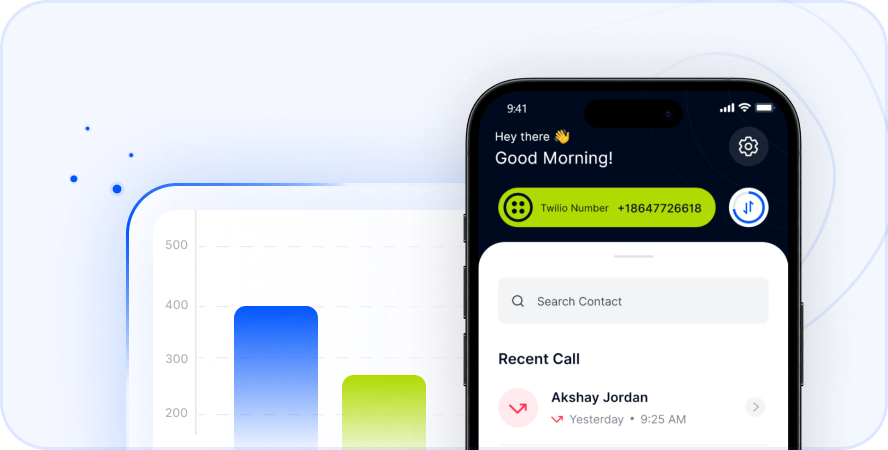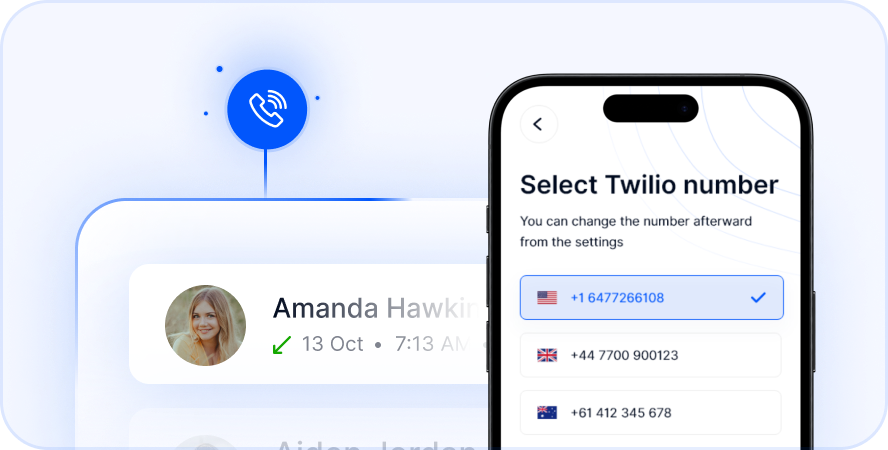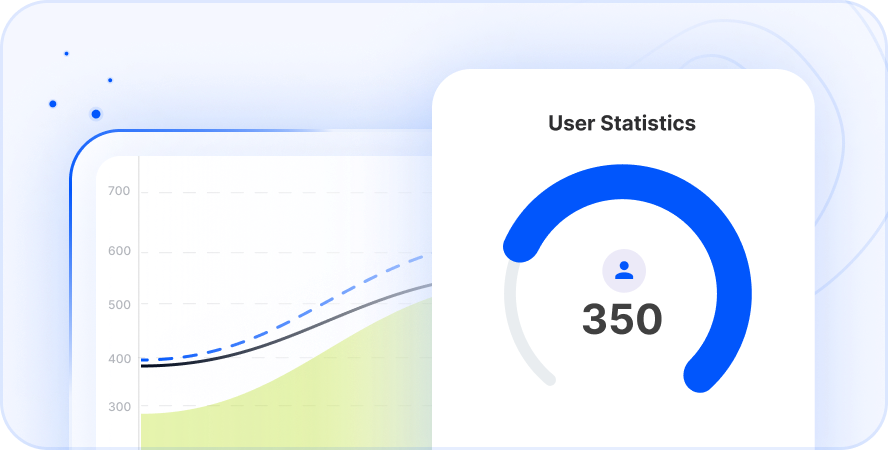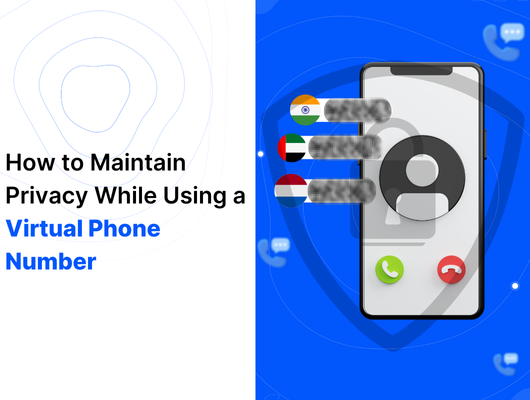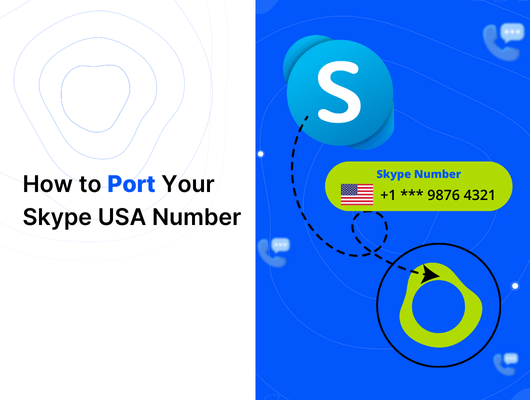
Human Resources teams rely heavily on strong communication. It is the core of successful HR work. The world is changing fast. Remote work and global teams are common now. HR faces new communication challenges daily. They talk to employees and job candidates constantly. Recruitment, employee care, and coordination require clear links. A reliable and versatile communication tool is necessary. It is no longer just a useful extra. HR teams need tools that simplify communication workflows. This article explores why HR needs versatile tools. It shows how they can change daily operations. Effective communication is vital for companies today.[Read More]
The Critical Role of Communication in Modern HR
HR teams work in complex settings today. Remote employees are widespread. Global teams operate across time zones. This creates new communication hurdles. HR professionals manage many tasks. They handle entire hiring processes. They also work hard to keep employees engaged. Ensuring smooth workflows is important for everyone. HR needs tools that simplify these many connections. These tools can truly transform daily HR work.
Navigating Today’s HR Landscape
Modern workplaces are dynamic. HR teams must adapt quickly. They deal with different locations. They manage diverse employee needs. Technology helps bridge these gaps. But using too many separate tools causes problems. It makes work slow and complicated. A single, strong platform is needed. It must handle varied communication needs. This helps HR stay organized and effective.
Communication Pillars: Recruitment and Engagement
Recruitment is a main HR job. It needs constant talking. HR talks to candidates and hiring managers. They also talk to interviewers. External agencies are involved too. This uses emails, calls, video, and texts. Finding good candidates is hard. Engaging with the right people matters greatly. Use the correct channels at the right time.
Communication tools must handle many forms. They need easy switching between methods. Text to call or email to video conferencing must be simple. Employee engagement is crucial too. It is more than just sending newsletters. Employees want more personal talks. They want easy ways to connect with HR. Tools help send quick updates. They gather feedback easily. Conversations feel more real and responsive. This leads to higher engagement levels. It helps keep employees longer.
Poor communication makes staff leave. A Harvard Business Review study shows this clearly. 56% of employees might look for a new job. This happens if they feel communication is poor at work. Clear links are vital for job satisfaction and retention.
Essential Characteristics of a Versatile HR Communication Tool
What makes a communication tool good for HR teams?It must scale as the team grows. It must be capable of supporting various types of communication easily. Versatility means having many channels in one place. HR pros handle calls to potential hires. They set up video conferences with managers. They send updates to all employees. A good tool puts multiple communication channels together.
Consolidating Communication Channels
HR professionals handle diverse communication forms. They make voice calls to candidates. Quick text messages (SMS) are sent for reminders. Formal emails are drafted for offers. They also host video conferences for interviews and meetings. A versatile tool provides multiple channels in one place. It lets HR move between them smoothly.
- Voice Calls: Direct calls are great for interviews.
- Text Messaging (SMS): Quick and effective for sending short messages fast.
- Emails: For formal written communication and records.
- Video Conferencing: Virtual meetings for interviews or team updates.
A versatile tool lets HR switch effortlessly. They do not need to juggle different apps. This saves significant time. It reduces confusion in workflows. Productivity goes up noticeably.
Connecting Globally with Ease
HR teams hire globally now. Talent is found everywhere. Communication crosses borders often. For HR teams, tools must support international calls. They need international messaging and video conferencing features. Having a global phone number helps a lot. A virtual phone number for a specific country is very useful.
HR talks to talent worldwide easily this way. It avoids complex international dialing issues. High costs for international calls are also reduced greatly. An HR manager in the UK hiring in Germany can call and text simply. They avoid huge international fees. A versatile tool adds numbers for specific countries easily. This makes connecting with candidates abroad much simpler.
Boosting Efficiency Through Automation
Saving time helps HR productivity a lot. A versatile communication tool automates repetitive tasks. can send follow-up emails automatically. Interviews can also be scheduled for you. Moreover, it notifies candidates about the next steps. This automation reduces manual effort significantly. It helps prevent errors in communication. It also makes communication much faster.
The tool should also connect with other HR software systems. Integration with Applicant Tracking Systems (ATS) is key. Connecting with HRIS (Human Resource Information Systems) is important too. Integration ensures a seamless workflow for HR tasks.
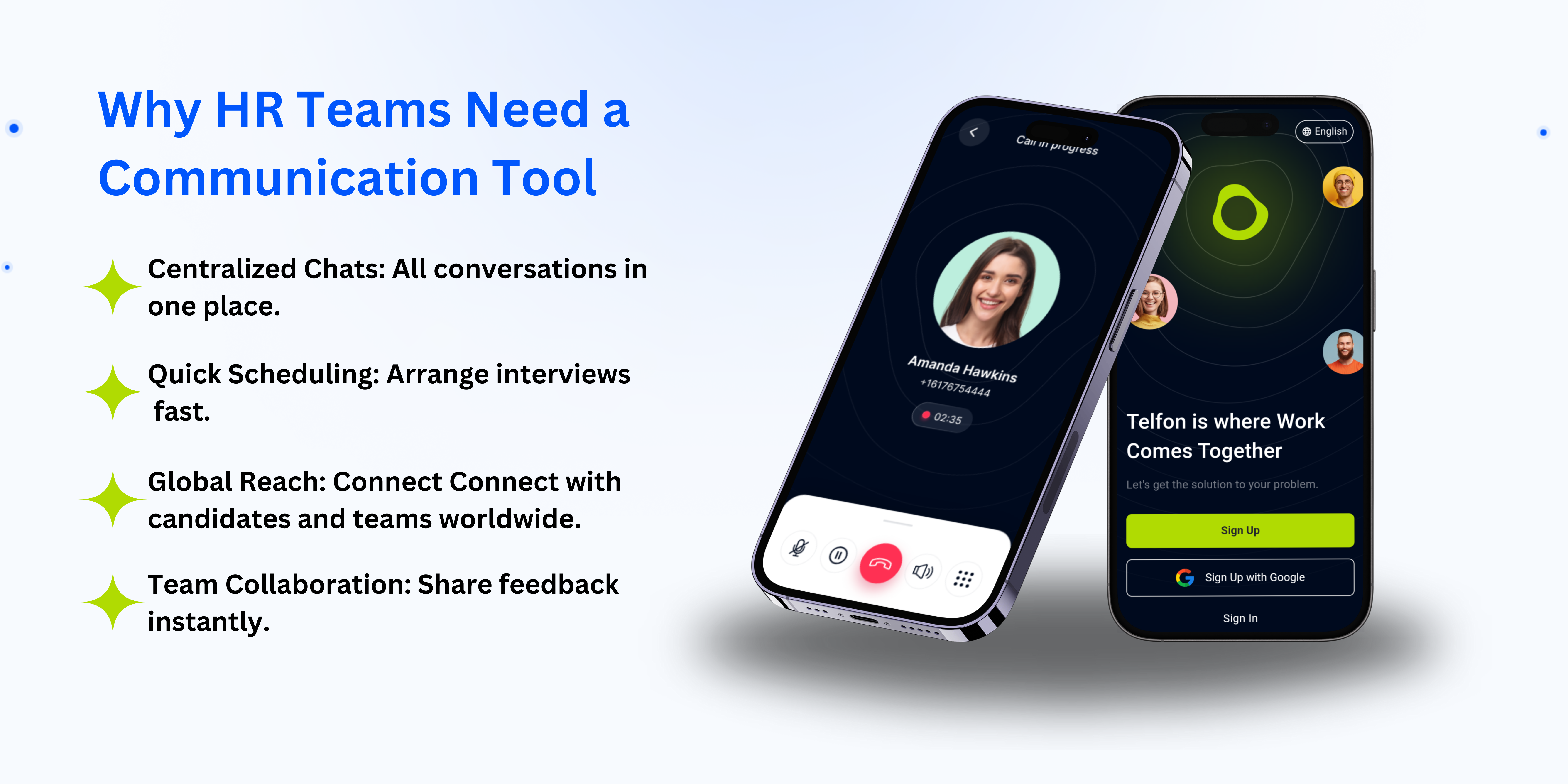
Key Features to Prioritize in HR Communication Platforms
Versatility is crucial for HR tools. But certain features make a platform even better. HR teams should look for specific capabilities. These ensure they choose the best tool for their needs. Prioritizing these features helps HR work more effectively.
Ease of Use and Accessibility
A user-friendly platform is vital for any team. HR teams often have members with varied tech skills. An intuitive tool reduces the learning time needed. It must be simple to set up initially. Look for clear navigation within the platform. Easy-to-use platforms help all team members get started fast. This minimizes downtime and training costs.
Data Security and Compliance Safeguards
HR handles highly sensitive employee and candidate data. Security is a major concern always. The communication tool must protect data strongly. It needs robust data encryption features. It must also comply with privacy regulations. Rules like GDPR are important here. Ensuring protection of all candidate data is a top priority. Employee information must be kept safe and private as well.
Gaining Insights with Analytics
HR teams often need to measure communication results. Advanced analytics features help track communication efforts. Tools can show detailed call logs. They track SMS engagement rates. Response times for messages are recorded. These insights improve future communication strategies greatly. They also make the candidate experience better. Use data gained from analytics to optimize how you communicate with everyone.
Supporting Diverse Languages
Workplaces are diverse today. HR teams must communicate across different languages often. Tools that support 20+ languages are very helpful. This lets HR talk easily with diverse employees. They connect with candidates from varied language backgrounds simply. This ensures inclusivity in communication. Communication becomes more accessible for all people.
How Telfon Empowers HR Teams
Finding the right communication tool is important for HR. Telfon is a popular communication tool choice. It is a cloud-based VoIP system. Telfon provides seamless communication. It works across multiple channels effectively. This makes it ideal for HR teams. They handle global recruitment and employee engagement. Telfon helps HR communicate well without complexity. It removes the need for many different platforms.
- VoIP Calling: Offers crystal clear voice calls. Good for interviews, consultations, or team meetings.
- SMS and Broadcast Messaging: Send personalized messages or mass updates. Use for job openings, interview schedules, or company announcements quickly.
- International Calling: Connects to over 180 countries. HR talks to global candidates and employees easily. Virtual numbers reduce rates.
- Multi-language Support: Supports over 20 languages. Helps HR talk easily to diverse talent pools.
- Virtual Numbers: Get numbers for different countries. Makes it simple for international contacts to call HR.
- Easy-to-Use Interface: Simple design helps HR teams adapt quickly. No major technical learning curves.
- Business Analytics: (In business plans) Track call/SMS history and user activity. Manage phone numbers and user budgets. This helps HR oversee communication better.
- WhatsApp Integration: Integrate WhatsApp accounts for communication. Manage candidate conversations efficiently.
Telfon is a cost-effective platform. It is flexible and feature-rich. It supports both individuals and businesses. You can save money compared to other providers. Telfon is available on Google Play, App Store, and Chrome Web Store. Over 30,000 users and 600+ companies use Telfon globally.
Best Practices for Effective HR Communication
Communication involves tools. But how you send messages matters greatly. HR teams should follow key best practices. This ensures messages are understood well. Good practices improve relationships and workflows.
- Be Timely in Responses: Reply to messages promptly. Fast responses improve the candidate experience. They also show employees you value their inquiries.different time zones. Schedule calls and meetings during appropriate hours for both parties.
- Be Clear and Direct: Say exactly what you mean. Avoid confusing words or jargon. This prevents misunderstandings.
- Personalize Messages: Use names when possible. Tailor the message to the person’s situation. This makes employees and candidates feel valued.
- Choose the Right Channel: Think about the message content and urgency. A quick text is good for simple alerts. A phone call is better for sensitive or complex talks. Use email for official notices and documentation.
- Respect Different Time Zones: Always be mindful of global teams’ locations. Schedule calls and meetings when it suits everyone involved. This shows professionalism and respect.
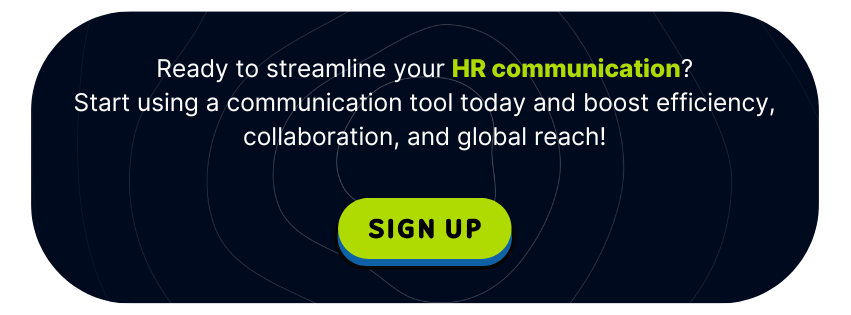
Frequently Asked Questions
Here are common questions about communication tools for HR teams.
Q1: Why is versatile communication vital for HR?
A: Modern HR handles varied tasks daily. They work with remote staff and global teams. They need tools that combine different communication methods. This makes work simpler, faster, and more organized for everyone.
Q2: What channels should an HR communication tool offer?
A: A good tool includes voice calls, SMS, email, and video conferencing. It should allow easy switching between these options within one platform.
Q3: How does a versatile tool help with global hiring?
A: It supports international calls and messaging effectively. Features like virtual numbers help HR connect with candidates abroad easily. This reduces costs and complexity in hiring across borders.
Q4: Can these tools improve employee engagement?
A: Yes, they offer more direct and personal ways to talk to employees. Quick updates and feedback options boost interaction. This leads to higher engagement and helps retain staff.
Q5: Is security important in HR communication tools?
A: Absolutely critical. HR deals with sensitive personal data. Tools must offer strong encryption. They must also comply with data privacy rules like GDPR to protect information.
Effective communication is key for HR teams. It is central to hiring global talent. It keeps employees engaged and satisfied. Choosing a versatile tool is a smart move for any HR department. It helps streamline HR workflows. It saves time and effort daily. Employee and candidate experience also gets better. The right solution empowers HR teams to manage their many tasks well. Overall productivity improves greatly with the right tools in place.


